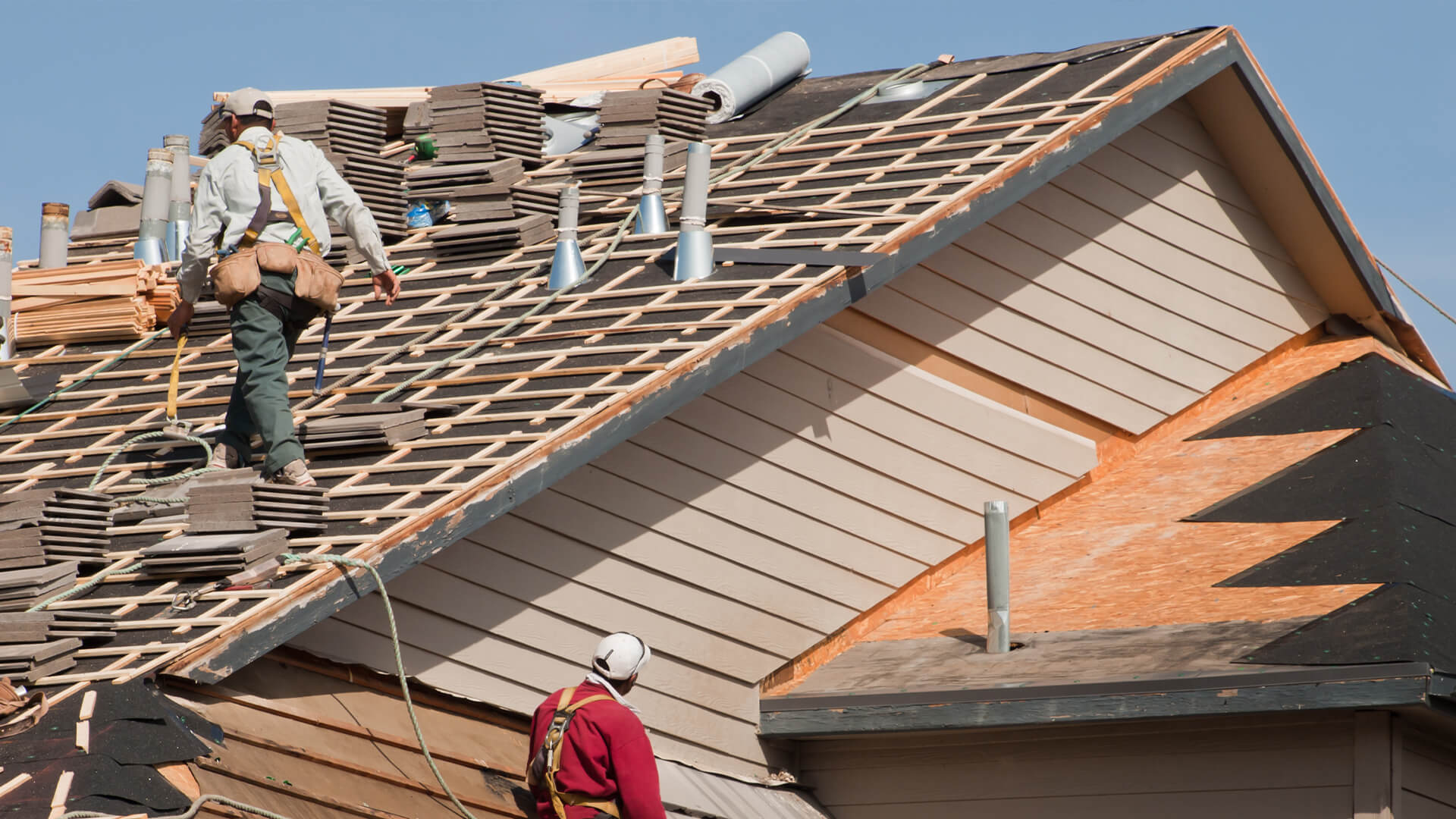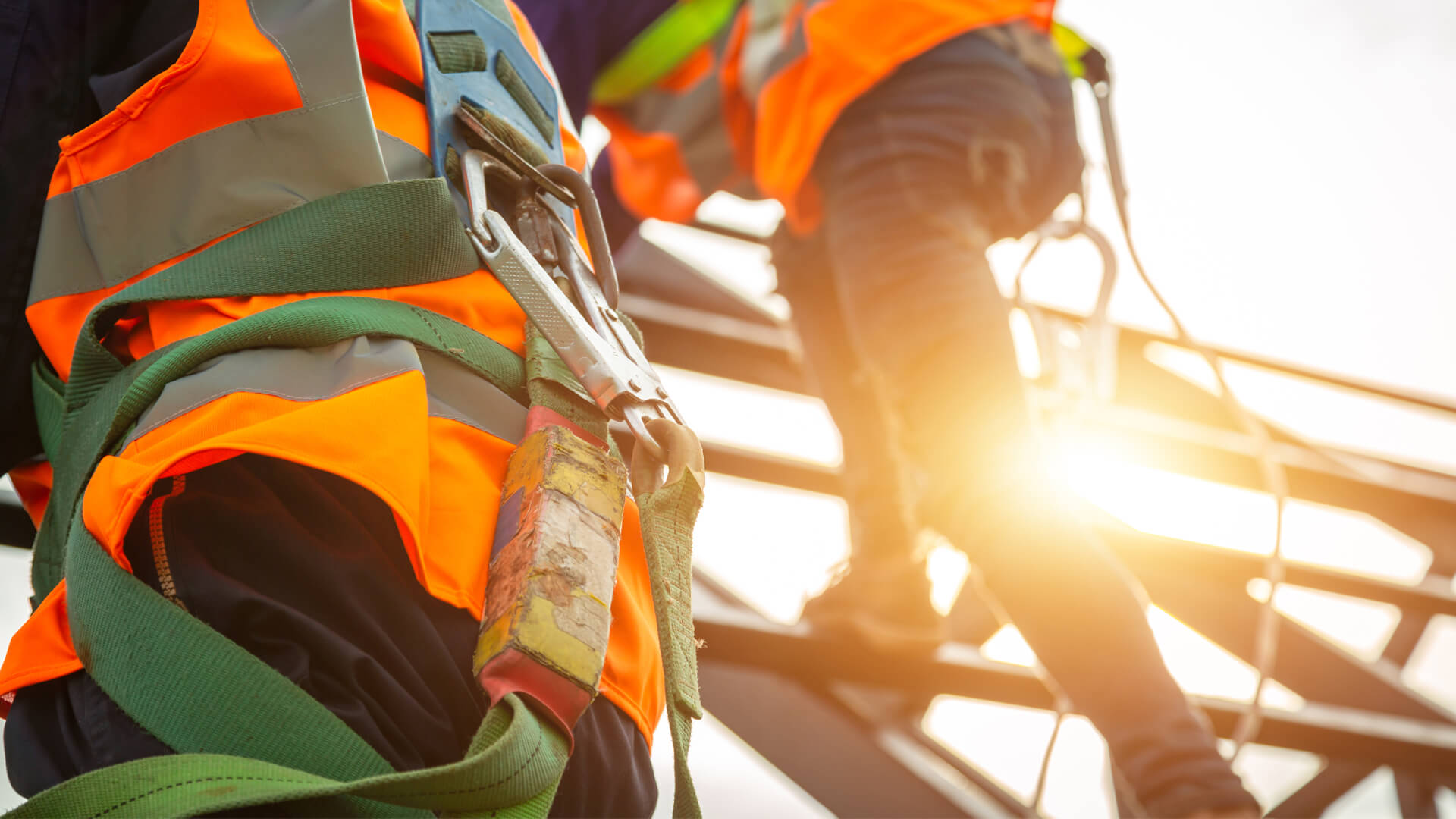Working in the construction industry may be fulfilling, but it can also be dangerous. While companies and their workers adhere to basic roof safety rules and practices, accidents could still happen.
In fact, almost half of the workplace fatalities in 2018 involved construction workers, according to the data gathered by the U.S Bureau of Labor and Statistics. The main causes of deaths in the construction sector include falls, being struck by an object, electrocution and being caught in something or in between two objects.
That said, safety should be the top priority of roofers worldwide. Consider these tips to keep your employees safe:
1. Two is better than one
Some firms may think sending two roofers to work on minor roofing jobs that can be done by one employee is impractical, but it is, in fact, quite the opposite. By sending roofing buddies for each job, you save on the working time. Sending two heads to work as one can also help to prevent accidents as each of your employees will have someone to spot them and they will ensure each other’s safety. If an accident were to occur, the other person would have the capacity to save their distressed roofing partner. If you own a roofing company like Brentwood Roofing, you should be sure to provide your employees with work partners to ensure their utmost safety.
2. Make sure your employees are well-equipped
Home or building exteriors come in many styles. Some may be more dangerous to work on because of their shape, structure, and make, among other issues.
Roofers and other construction workers must have all the equipment needed not only to complete the job, but more importantly, to keep them safe and away from harm. Before leaving the office, roofing employees should ensure that they have the proper protective wear such as suitable footwear, hats, sunglasses, pants and long-sleeve shirts, and that all of these are functional.
As a roofing contractor, it may also be useful for companies to choose the appropriate fall arrest system as required by the Occupational Safety and Health Association (OSHA). In general, though, the following personal protective equipment (PPE) are the minimal requirements needed by roof workers.
- Safety shoes. Safety shoes come in various categories. There are puncture, impact, and compression resistant footwear suitable for different industries or types of work. For roofing company employees, a pair of slip-resistant or traction-based shoes can help prevent roofers from slipping and falling.
- Safety Harness. When doing any kind of roofing works, a roofer should always use a harness that’s properly attached to a sturdy rood anchor on the roof’s ridge. This helps prevent falls and other serious injury risks.
- Lanyard. This connects the anchorage and the harness. The lanyard should be resistive to cuts and damages. It should be sturdy enough to possess a minimum breaking strength of 5,000 lbs. When used together, the combination of harnesses and lanyards heightens safety efficacy. Check the building height in order to choose the correct form of lanyard. In some cases, you may need to use retractable instead of fixed length lanyards.
- Anchorage. This is where the snap hook of the lanyard is attached. Anchorage must be capable of supporting at least 5,000 lbs. of weight.
- Rope-grab. This safety device allows you to traverse along a lifeline and then lock it into place in the event that you fall. Holding the rope grab down lets you move freely, while letting go cause it to latch to the rope and prevents you from falling any further.
These basic PPE should be supplied to roofers from all states.
3. Your ladder should be sturdy
To ensure safety among roofers, the ladder should be placed in a flat stable ground or surface. Add a ladder leveller if the grounds are soft and uneven. Make sure it doesn’t slip or slide out of place.
As a general reminder, roofing employees should always maintain a three-point contact on the ladder, ensure that all locks on an extension ladder are engaged. Set up the ladder at a proper angle by placing its base a quarter of the working length from the wall.
If you’re working in a structure surrounded by electrical lines, it’s better to use wood or fiberglass ladders to prevent electricity from running through as would with a metal ladder, posing a serious electrocution risk.
4. Provide proper training
Even if all your employees are equipped with complete PPE, it all counts to nothing if they don’t know how to use them properly. It is a roofing companies’ main responsibility to ensure that all its staff and employees, even those working exclusively in the office, know about the equipment, their purposes, and how to use them. The office staff may not be able to go to the roof for work, but they may need to check some minor maintenance checks in their houses, so they may still find the training useful.
In addition to equipment use, all roofing employees should also undergo training on basic safety measures both online and in-person.

5. A clean working area is a safe working area
Remind your employees about the importance of maintaining a working space that’s free from any hazards, clutter, and other unnecessary tools and items. Potentially hazardous materials that may find their way to your work section include: damaged parts of the roof, unsafe access points, skylights, or power lines.
Whether on the ground or up on a roof, make sure that your staff are working on areas that are free from debris, scattered nails, roof materials, and others that can pose risks for slips and falls.
6. Encourage your roofers to take precautions in working under harsh conditions
Ideally, roofers should avoid working in harsh conditions—precipitation can increase the risk for potential falls.
High temperatures, meanwhile, can lead to heat exhaustion, dehydration, or stroke for your employees, and it can potentially damage your equipment. If your company is based in a place that gets very hot in the summers like Roofing Rome GA, you should:
- Encourage your employees to take some breaks provide tent so they can stay under the shade
- Provide water bottles and containers to your employees to help them stay hydrated
- Send them bottles of sunscreen to protect their skin
7. Provide insurance coverage for roofing contractors
Because roofers work in perilous working conditions, wherever they may be, they need to have insurance coverage to protect themselves and your company from potential losses in the event of injuries and deaths.
Consider the following types of insurance for your roofing staff:
- General Liability
- Workers Compensation
- Professional Liability
Conclusion
No matter the weather or season, your priority as a roofing contractor should be the safety of your workers. Roofers should take the safety tips mentioned earlier to minimize the risks of accidents and potential loss of lives. Skipping on safety practices and equipment may result in serious injuries and accidents, which are the very things that you need to avoid as an employer.

































